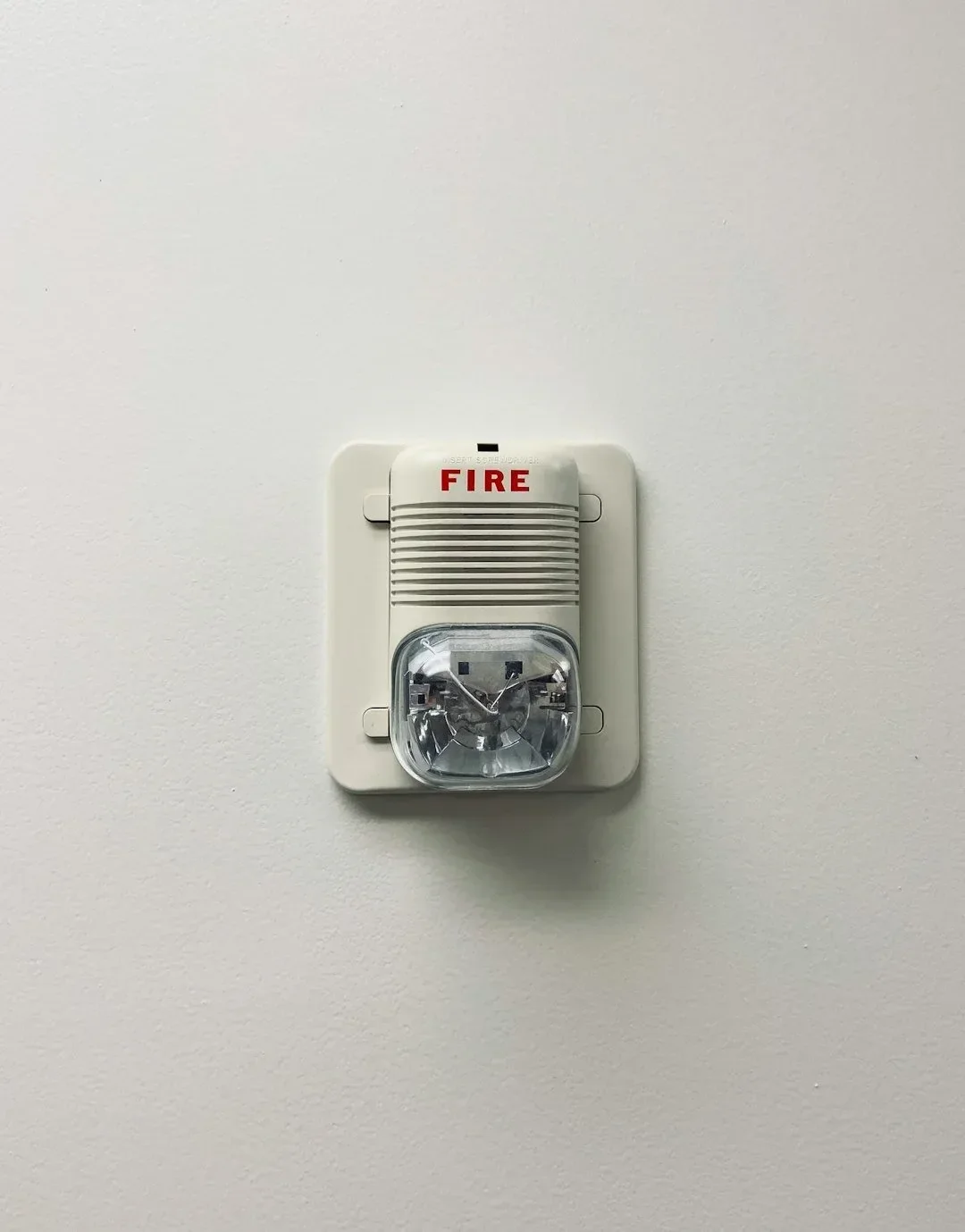Break the Pain Cycle Course
Understand WHY you hurt and REWIRE your nervous system to turn down the volume on the pain alarm.
Next Cohort: January 22 - April 23, 2025
Understanding the neuroscience of pain is more effective than medication at reducing pain and improving function.*
PAIN = SENSATION + FEAR
Experience the profound impact of shifting out of the fear response and into a state of nervous system resilience.
What you’ll learn.
This virtual course and group coaching program will help you:
Understand why you hurt
Address the root causes of chronic pain instead of masking the symptoms
Rewire your nervous system
Finally break the pain cycle
Live your life fully without being afraid of pain
Testimonials
“If you have chronic pain and haven’t found the answer…NEVER GIVE UP! I highly recommend working with Rachel de Simone. She is a passionate, knowledgeable practitioner with in-depth knowledge of the body, nervous system and pain science. Chronic pain doesn’t have to be a mystery, and it doesn’t have to be forever.”
— G.D.
Are you exhausted from sifting through conflicting pain advice that leaves you feeling hopeless and confused?
You can’t see pain on an MRI or X-Ray.
When we have pain, we go looking for answers, but we can’t use the same diagnostic tools or treatments for chronic pain that we do for acute pain because the root causes are not the same. Chronic pain is not caused by a structural problem, so you won’t find answers on images like MRIs or X-Rays.
The more tests, conflicting opinions, and failed treatments you receive, the worse the pain gets, because the nervous system feels unsafe. The longer the pain lasts, the more you feel you have to prove that it is real, especially when you don’t have a clear diagnosis.
Pain is the Nervous System’s Reaction to Potential Danger.
The longer the pain lasts, the more sensitive the nervous system becomes. Pain becomes easy to activate and hard to relieve. It starts to spread, not because more tissue is being injured, but because the nervous system is in a state of emergency and has become hypersensitive.
Signs of Neuroplastic Pain (Central Sensitization)
Do you have a sensitive pain alarm?
Widespread pain.
Fear of, and anxiety about, pain.
Pain that lasts for a long time and affects multiple
areas of the body.Pain that gets worse, not better, over time.
Pain that migrates or spreads.
Pain that is activated by stress, temperature,
memories, sickness, or activity.Pain that is easy to provoke and not easy to relieve.
Lack of diagnosis or conflicting opinions.
Pain that impacts sleep, digestion, memory, cognition, focus, mood, or other aspects of daily life.
My pain journey
Hi, I’m Rachel!
I’m a Doctor of Physical Therapy and a Certified Chronic Pain Specialist.
My nervous system-informed approach to pain evolved from my own experience traveling through the underworld of chronic pain and bumping up against the limits of conventional medicine.
Pain Neuroscience Education helped me understand that the recurrences of pain were not happening because I was re-injuring myself, but because my nervous system was interpreting everything as a threat, and it was just trying to keep me safe.
Pain neuroscience finally helped me understand why I hurt, which made me less afraid of the pain and improved my symptoms and function.
Program Objectives
Learn about the nervous system and its role in pain
Understand the differences between acute pain, nerve pain, and chronic pain
Learn how to recognize signs that the nervous system feels threatened
Identify the impact of nervous system sensitivity
Develop the capacity to complete the stress cycle
Learn tools to help your nervous system feel safe
Develop personal practices to support nervous system resilience
Restore your capacity to engage with your life without fear of pain
SCHEDULE
Next Cohort: January 22 - April 23, 2026
Discounted Pre-Sale Opens to the Waiting List in November.
The Impact
"My mental health has dramatically improved. I have hours every day and often most of the day where I have no or low pain. I am able to enjoy the moment and have more gratitude for the blessings in my life because I am not constantly bogged down by pain, dysfunction, and hopelessness. I am seeing more clients per week than I have in the 20 years I've been a bodyworker."
~ Recent Course Participant
Program Details
-
Dates: Every Thursday from January 22 - April 23, 2026
Time: 5:00 - 6:30 pm
-
Live Zoom calls every week plus pre-recorded practices and resources to help you rewire your nervous system so you experience long term, sustainable changes in pain and function.
-
This program was designed for people who have been living with pain for some time and haven’t found relief through conventional medical channels, including traditional physical therapy.
Here are some of the signs that your pain is associated with nervous system sensitivity:
Widespread pain.
Fear of, and anxiety about, pain.
Pain that lasts for a long time and affects multiple
areas of the body.Pain that gets worse, not better, over time.
Pain that migrates or spreads.
Pain that is activated by stress, temperature,
memories, sickness, or activity.Pain that is easy to provoke and not easy to relieve.
Lack of diagnosis or conflicting opinions.
Pain that impacts sleep, digestion, memory, cognition, focus, mood, or other aspects of daily life.
That said, all pain is a nervous system response, and people with new injuries can certainly benefit from learning about pain science and integrating nervous system support into their healing journey to prevent hypersensitivity from developing.
If you aren’t sure if this is a good fit for you, please reach out. I’m happy to connect and help you make an informed decision.
-
Pain Neuroscience Education (PNE) is evidence-based and was created by the leading researchers and clinicians in the world of pain science.
After earning my Doctorate in Physical Therapy, I spent years studying pain neuroscience and am certified as a Therapeutic Pain Specialist by Dr. Adriaan Louw of the Evidence in Motion Network.
What makes my approach unique is the integration of somatic sensory integration practices, polyvagal theory, and Eastern wisdom to form a mind-body-spirit approach to rewire your nervous system and decrease the sensitivity of the pain alarm.
You won’t just learn about the science of pain; you’ll teach your nervous system how to feel safe again, and will experience the profound impact of shifting out of the fear response and into a state of nervous system resilience.
-
Conventional medicine often fails to resolve chronic pain and nerve pain by treating it as a structural issue while ignoring the root causes in the nervous system.
This can lead to expensive, repeated, and often inconclusive tests, consultations with specialists who don’t have answers or provide conflicting opinions, and increased pain from not understanding why you hurt and fearing that something is deeply wrong.
Understanding pain science is key to reducing the fear of pain, which reduces the intensity and frequency of pain. In fact, PNE has been shown to be more effective than medication at reducing pain and improving function.
Armed with this knowledge, and with effective tools to both reduce your pain and to rewire your nervous system, you will finally understand why you hurt and be able to reduce the sensitivity of your nervous system so that you are no longer ruled by pain.
-
The early bird price* is $800 for the series.
The price increases to $1,000 on January 1.
By joining the group program, you save over $2100 compared to 1:1 pain coaching.
References
Butler DS. The Sensitive Nervous System. Adelaide: Noigroup; 2000.
Louw A, Diener I, Butler DS, Puentedura EJ. The effect of pain neuroscience education on pain, disability, anxiety, and stress in chronic musculoskeletal pain. Archives of Physical Medicine and Rehabilitation. Dec 2011; 92(12):2041-2056
Moseley GL, Hodges PW, Nicholas MK. A randomized controlled trial of intensive neurophysiology education in chronic low back pain. Clinical Journal of Pain. 2004; 20:324-330.




